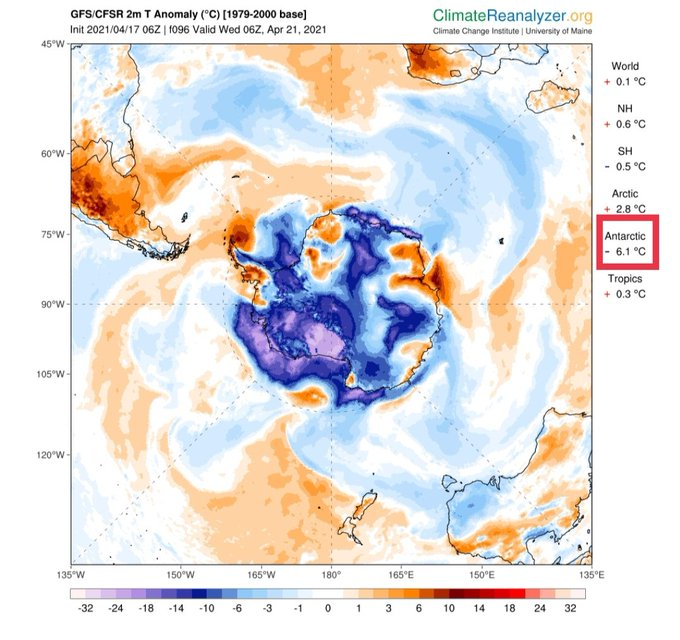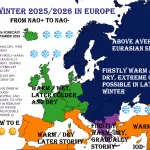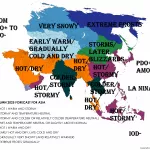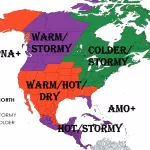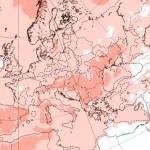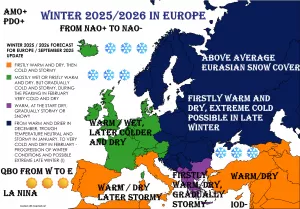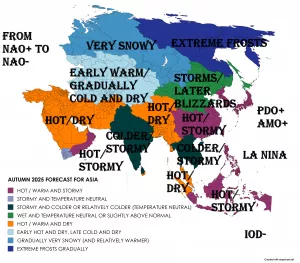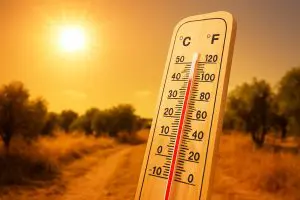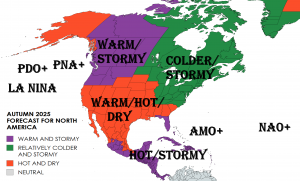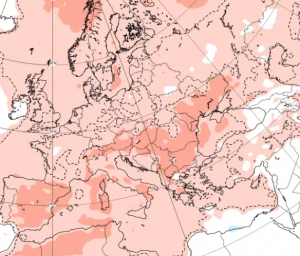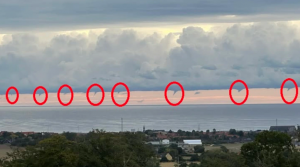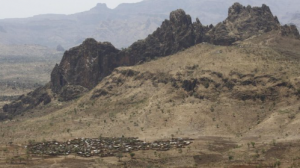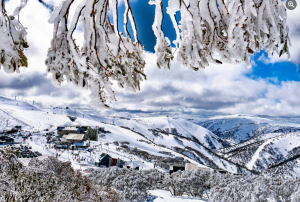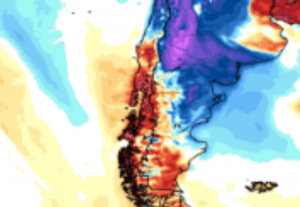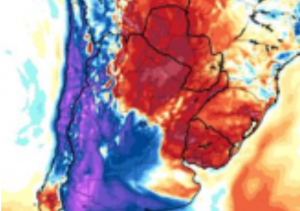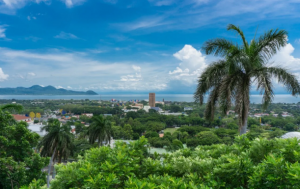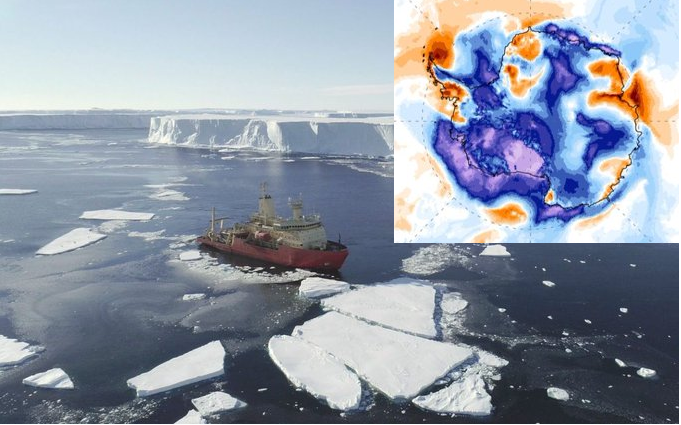
Extremely cold Antarctica is requesting for our attention again. Extremely cold conditions are returning above the continent since Summer 2020/2021, when January, February, March and April 2021 brought all anomalously cold temperatures across the continent.
About climatic feedbacks in Antarctica we wrote in our previous articles in 2021, together with reached anomalous temperatures (or coldwaves which were very unusual) /https://mkweather.com/first-700c-in-antarctica-of-the-season-continent-is-still-extremely-cold/; https://mkweather.com/east-antarctica-not-warming-past-4-decadescooling-trend/; https://mkweather.com/summer-in-antarctica-603c-only-42c-warmer-as-all-time-monthly-continental-record-extreme-cold-2021/; https://mkweather.com/antarctica-set-to-coldest-january-since-1978-southern-hemisphere-hasnt-been-so-cold-almost-10-years//.
Currently, in mid-autumn in Southern Hemisphere, temperature in Dome Fuji already dropped to -75,8°C, what is the first -75°C and lower temperature of the season.
Moreover, on 21. April 2021 at Amundsen-Scott Station the minimum temperature reached -70,3°C. Is the most anticipated value below -70°C at Geographic South Pole since 11. April 2015 (-72.9°C)
In Summer 2020/2021, temperatures reached below -60°C in the coldest parts of the continent and during Winter 2021 is possible to reach temperatures almost -90°C.
Interesting was in last period extremely high negative continental temperature anomaly above Antarctica, what mentioned several weather watchers on Twitter.
This anomaly reached -6,1°C, while other parts of the Earth were relatively warm, although, Europe is experiencing with one of the coldest April in all-time history /https://mkweather.com/germany-suffers-the-coldest-april-since-1917-extreme/; https://mkweather.com/england-april-is-colder-as-march-the-coldest-since-1922//.
La nina is very probably a big contribution for very cold Antarctica, but parts of the continent are showing decreasing trend of temperature in last decades, too.
Important is mainly melting of fresh water from glacier, which freezes on the surface of Southern Ocean, what is making significant changes in albedo and subsequent cooling the continent.
The strongest decline of temperatures was found mainly in Eastern Antarctica in last 4 decades, but in last period, western sector (southward from Oceania) was extremely cold, too.
Cold weather thanks to La nina is persisting almost across all Southern Hemisphere, with hemispheric anomaly at the same time as Antarctican -6,1°C, -0,5°C, while Northern hemisphere was despite of severe coldwaves in mid-latitudes +0,5°C warmer than average, probably thanks to severe heatwaves in tropical climate zone.
Very interesting in last period is too volcanic activity around the world and grand solar minimum, which are creating together very good combination for colder Earth.

